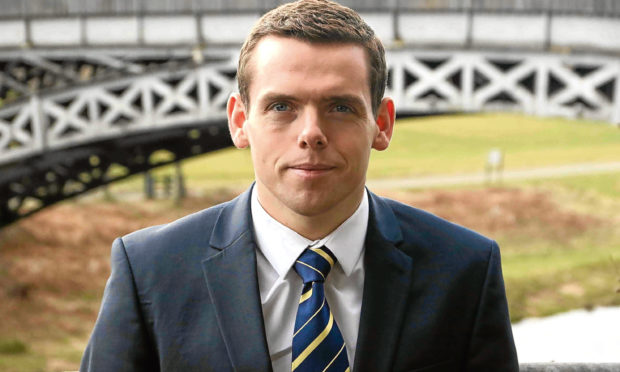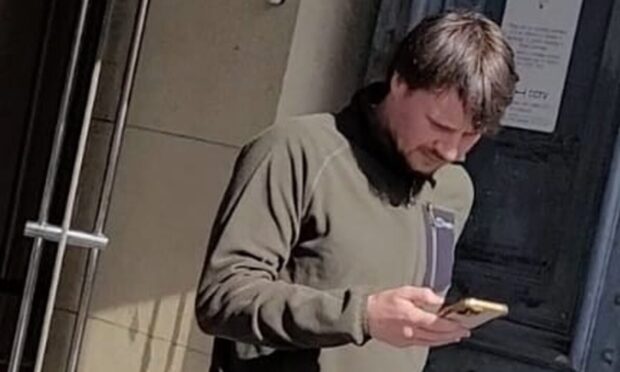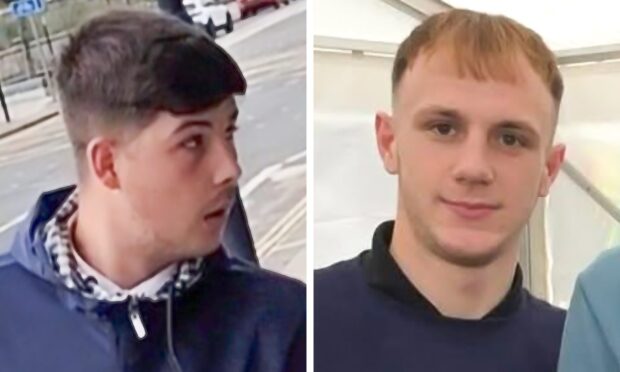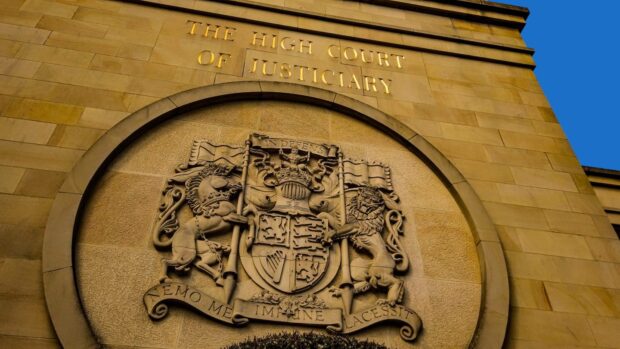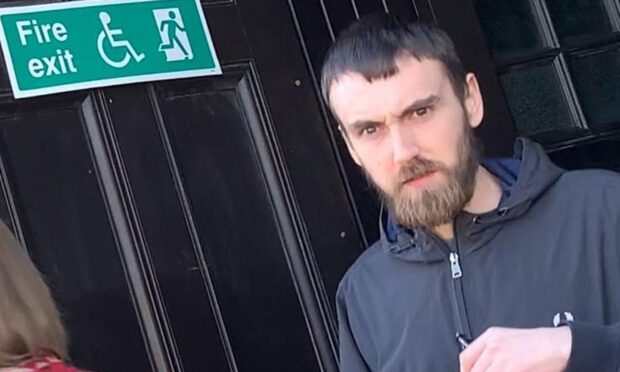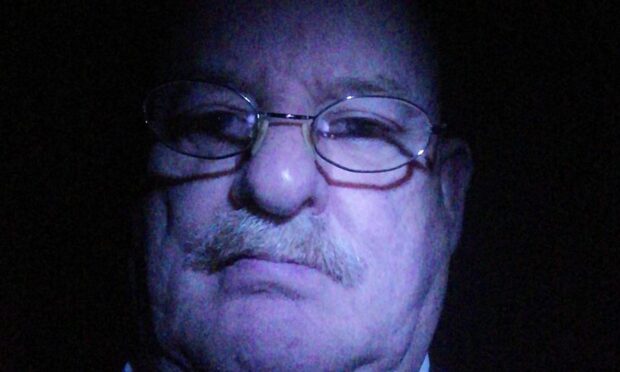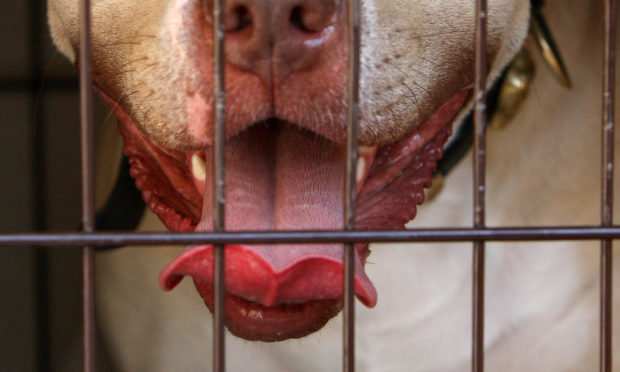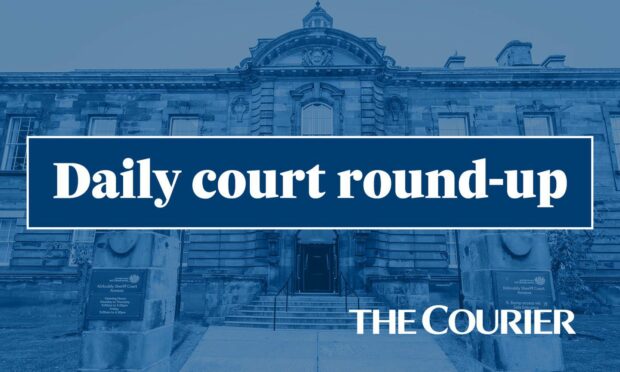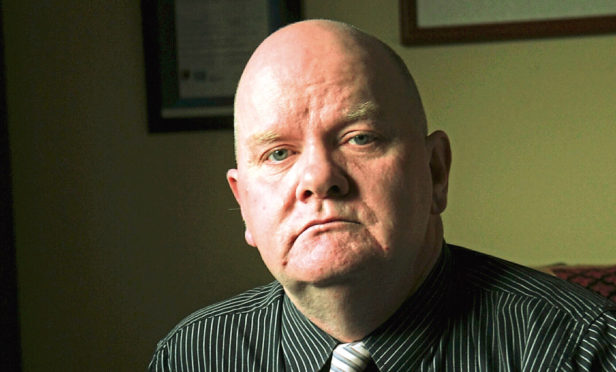The closure of criminal courts across Scotland has been blamed for more than one in three cases failing to hit a key time target.
New official figures show that the percentage of cases taking 26 weeks or less between charge and verdict has dropped to 64% in July.
That compares with 74% in September 2013, which was recorded before the roll-out of sheriff and justice of the peace court closures.
Ten sheriff courts were shut to save costs, including Arbroath and Cupar, with Forfar and Dundee among those bearing the extra workload.
A Scottish Government insider said the national figures quoted by the Tories had been skewed by “local pressures” in Glasgow.
Scottish Conservative shadow justice secretary Douglas Ross, who obtained the figures from the Scottish Government, said SNP ministers had been warned of the impact of “this unnecessary and unpopular round of court closures”.
“Now we’re seeing exactly that, with a third of cases taking longer than the 26-week target timeframe to conclude,” he said.
“That’s not good enough for the victims of crime, and it’s clearly left the remaining courts with an increasing backlog.”
A Scottish Government spokeswoman said there is “no evidence to suggest that court closures has had any impact on the time it takes for cases to go through the courts”.
She quoted figures showing that 97% of sheriff courts are holding trials within at least 16 weeks.
But she added: “The rise of reporting and prosecution of certain types of crime has put extra pressure on the courts.
“We have already allocated nearly £1.5 million for extra fiscals, judiciary and admin staff to help respond to delays and speed up access to justice for victims and witnesses, and are spending an extra £5 million improving efficiency of cases involving domestic abuse and sexual offences.”
The closure programme was rubber-stamped by SNP ministers in April 2013.
A spokesman for the Scottish Courts and Tribunals Service said there has been an increase in the “complexity and numbers of cases” proceeding to trial, adding there is “no connection at all with court closures”.
“Cases that transferred from closed courts amounted to only 5% of overall court business, with the same judicial and staff numbers available to deal with the cases,” he added.
“A recent evaluation report of Shaping Scotland’s Court Services demonstrated that cases transferred following court closures were being managed within the expected performance levels.”
